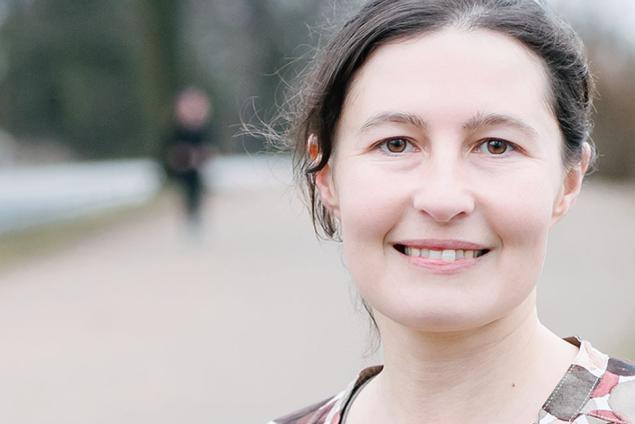Scroll to Section:
The studies presented in this video show that a focus on social interaction in neuroscience helps to examine the neural mechanisms that are at work in human brains during social interaction. Using a combination of fMRI and eye-tracking, the brain activity during social interaction is observed. As LEONHARD SCHILBACH explains, intact brain mechanisms reward social interaction and thus evoke intrinsic motivation. The new method can help to understand the neurobiology of psychiatric disorders and to make progress in their treatment.
DOI:
https://doi.org/10.21036/LTPUB10165
Institution

Max Planck Society
"The Max Planck Society is Germany's most successful research organization. Since its establishment in 1948, no fewer than 18 Nobel laureates have emerged from the ranks of its scientists, putting it on a par with the best and most prestigious research institutions worldwide. The more than 15,000 publications each year in internationally renowned scientific journals are proof of the outstanding research work conducted at Max Planck Institutes – and many of those articles are among the most-cited publications in the relevant field." ( Source )
Show more
Original publication
Toward a Second-Person Neuroscience
Behavioral and Brain Sciences
Published in 2013
Reading recommendations
Die Magie der Blicke
Frankfurter Allgemeine Zeitung. WissensARTen – Wie Kunst und Wissenschaft die Welt erkunden
Published in 2015
Zweite-Person-Neurowissenschaft
NeuroTransmitter
Published in 2015
The Neural Correlates of Social Cognition and Social Interaction
Brain Mapping: An Encyclopedic Reference
Published in 2015
Eye to Eye, Face to Face and Brain to Brain: Novel Approaches to Study the Behavioral Dynamics and Neural Mechanisms of Social Interactions
Current Opinion in Behavioral Sciences
Published in 2015
Beyond
A Ground-breaking Scientific Revolution
An Alarming Challenge for Society
If I Had a Second Life
















